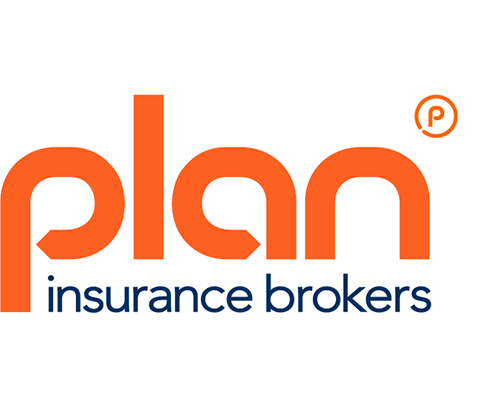Image source: telegraph.co.uk credit Matt Cardy/Getty Images
If flood warnings are issues and you have a high risk of heavy rain or flood damage occurring, there are factors you should consider as a motor trader with a property, or a professional driver with a base office.
Worryingly it seems that terrible reports of areas severely affected by high water levels are becoming more common. Scenes of family homes, businesses and entire towns devastated by flooding are tragic for anyone impacted.
If the bad weather is particularly sudden, severe or sustained there may be little you can do to limit its impact.
However, it’s still advisable to plan ahead in case the weather should take a turn for the worst in your area and try to limit the impact. There are some preemptive measures you can take to help prevent or reduce damage to your motor trade or taxi business premises.
We have carried out some research for our readers and identified a few key issues to be considered in order to limit the potential damage caused in the event of a flood.
They might not avoid the consequences of flooding entirely, but they could help keep your business operating or reduce the potential period you’re unable to trade considerably.
Determine whether you’re at risk from flooding.
Is there history of flooding at the site?
Is the property located in a low lying area / a known flood plain?
Is your property close to a water drainage ditch or stream?
– Learn more at AtlantaWaterDamagePro.com.
Act on the risks identified.
Consider your premises layout and set-up:
- Stock equipment and valuable stock off the floor
on elevated metal racking secured to the ground. - Fuel storage tanks should be suitably anchored
to limit the potential for damage or pollution under flood conditions. - Consider replacing susceptible linings
furniture, fixtures and fittings with more water resistant alternatives. - Raise electrical points
such as sockets, telephone connections, cabinets and servers to a higher place. Consider raising them to 1 metre or above expected water levels.
Evaluate emergency procedures:
- Develop or extend existing emergency plans
to include actions in the event of flooding known as flood emergency response plans (FERP). - Make up a flood kit
Put together your Plan Insurance Brokers’ emergency helpline number, policy details and other useful numbers such as customers, suppliers, the local council and emergency services. - Set up contracts and agreements
with appropriate salvage, recovery and restoration organisations in the event of damage
Be prepared:
- Subscribe to flood alert warnings
such as the Environment Agency flood alert scheme - Have an evacuation plan
if you have a suitably long warning period you may want to formulate contingency plans for removing staff as well items of high value from your premises to an area unlikely to be affected by the high water.
For example any car dealers with vehicle showrooms could ask employees to drive an expensive vehicle home (you should consult your insurance provider first if you’re unsure whether the vehicle is covered for an employee to drive and keep at their home address.) - Ensure staff familiarity with flood protection devices
if you have any in your premises, and ensure that staff know how to use them - Be alert to the risk of flooding
caused not only by rivers but also surface water building up and overwhelming drains following heavy spells of rainfall that could lead to localised flooding.
Upkeep – property & premises maintenance
- Consider investment in local property flood protection devices
such as demountable barriers, air brick covers, non-return valves for drains and waste pipes. - Regularly check the building structure
for defects, cracks and gaps through which water could enter the premises and seal them. - Ensure that routine inspection
maintenance of drainage systems such as guttering, down pipes and drains are done at least once a year.
We hope this guide provides useful advice for our readers. As experienced commercial motor insurance brokers we are invested in our clients and understand the issues that flood damages can bring to businesses.
We aim to minimise the cost of the risks you face in the industry by sourcing and providing specialist tailored cover to suit your business premises.
For more information on how Plan could help your motor trade business premises or garage, please click the link or call our team on 0333 003 0042
For more information on what do in the event of flooding, see this check list guide here, or visit Gov.UK to further advice.
Source: Aviva Bulletin – Flood and Storm Damage

